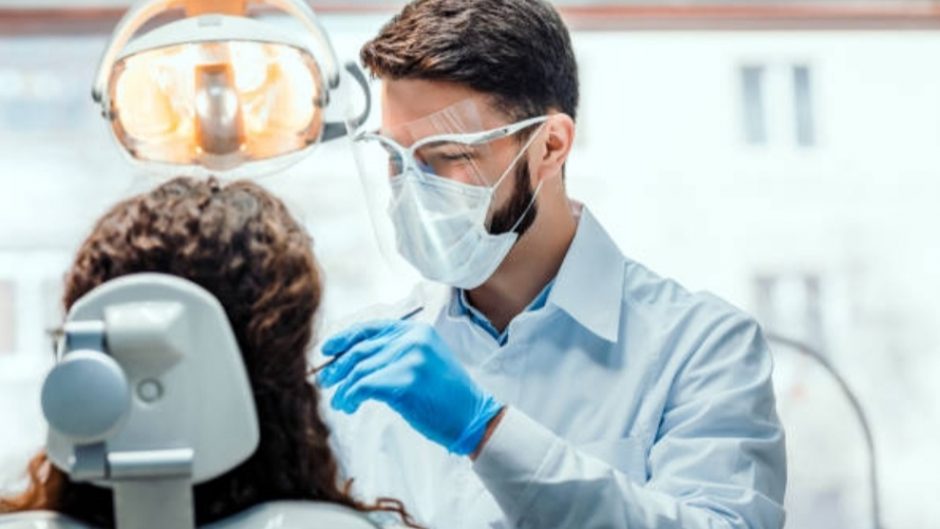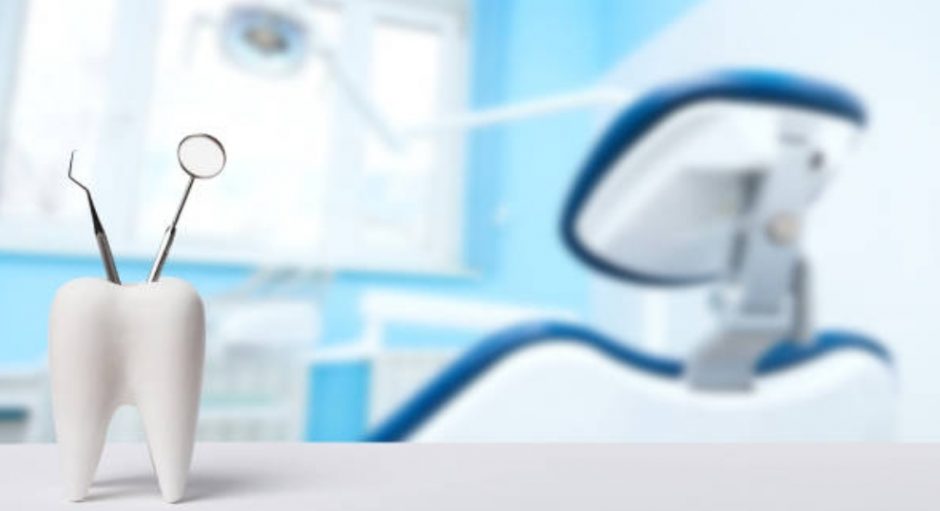Low cost dental clinics are no surprise. Simple cleaning and exam at the dentist’s office may cost $200 or more. While the entire cost of braces and dentures can be thousands of dollars, filling cavities can cost several hundred dollars. That’s a lot more than the majority of people can handle. You could be unemployed, retired, living on a fixed income, or without dental insurance.
One-third of adult Americans do not have dental insurance. Even with insurance, costly services can force you to incur significant out-of-pocket costs. However, it is feasible to locate free or inexpensive dental treatment if you do your homework, have patience, and are lucky.
Benefits of Low Cost Dental Clinics

There are many benefits to choosing a low-cost dental clinic. Not only will you be saving money on your dental care, but you will also likely experience faster and more efficient service. The clinics often have shorter wait times, which means you can get your treatment started right away.
You may also be able to find discounts on dental services at these clinics. In addition, the clinics typically have greater flexibility in scheduling appointments, so you can always find a time that works best for you.
Some ways to Afford Low-Cost Dental Clinics

There are a few ways to afford low-cost dental clinics. One way is to find a discount dental plan. Another way is to use dental savings accounts. A third way is to get private health insurance that includes dental coverage.
Government Dental Coverage
Check to see if your family qualifies for Medicaid or the associated Children’s Health Insurance Program if you’re unemployed or earn a very low salary (CHIP). Even if you aren’t a parent, you might still be qualified. Medicaid typically does not impose a monthly payment. For children under the age of 19, dental care is fully covered. About one-third of states provide only basic dental coverage for adults and another third pay for substantial dental work.
Public Dental Clinics
These community health centers or local or state health departments that receive federally funded funding are in charge of these taxpayer-supported clinics. Many have cheap, fixed pricing or charge you in accordance with your ability to pay. Most dental clinics provide examinations, cleanings, X-rays, crowns, fillings, and root canals in addition to surgical tooth extractions. Some people may have access to emergency dentists. Some clinics have sliding scale pricing that is determined by your ability to pay.
Others offer affordable fixed costs, such as $15 for a complete set of pediatric X-rays. A national list of cost-effective dental programs can be found on the website Toothwisdom.org, which belongs to the nonprofit organization Oral Health America. Look for clinics run by health departments or by medical centers with government certification. It is the best way to get treatment from low-cost dental clinics.
Dental Schools
There are two dental or dental hygiene programs in every state. There are four in Alaska and 160 in New York. There are many students there who require practical experience before they can graduate. Most institutions have clinics where students provide low-cost medical care to the public. In comparison to what reputable dentists charge, you may pay half or even less for root canals, fillings, and other services.
Because licensed supervisors oversee each step of the student’s treatment of you, anticipate that your session will take longer than usual. The benefit is that the procedure will be followed exactly as written. You can look for a school in your state on the website of the Commission on Dental Accreditation.
Dental Savings Plans
The dental insurance and dental savings plans, usually referred to as dental discount plans, are frequently confused, but they are fundamentally different. The amount of dental work you and your family receive annually and the amount you spend out-of-pocket will determine whether insurance, a discount plan or a mix of the two, is best for you.
Free Dental Clinics
Dental care is significantly lacking, compared to the demand. Numerous nonprofit organizations, religious institutions, and associations of dentists volunteer their services. However, they might have very long waitlists or none at all. Some only assist elders, individuals with impairments, or those who are ill or have income restrictions.
Nonprofit clinics: There are dental clinics in several places that are dedicated to helping those who have low incomes, no insurance, or other financial hardships.
Sponsored services: To provide free care, several local or national nonprofits use donated labor and supplies. People 65 and older, those with major medical issues, and those with permanent disabilities are all accepted by Dental Lifeline, which runs in all 50 states. The associated program pairs volunteer orthodontists with low-income children to provide braces and other treatments.
Individual dentists: Some dentists might treat a few instances for free each year. They might accept recommendations from other dentists who are attempting to assist a patient who needs several oral treatments but is unable to pay for them. If you’ve been going to the dentist for a while and need assistance, be honest about your financial position and inquire as to your eligibility.
Conclusion
Low-cost dental clinics can provide a great option for those looking to save money on dental care. Be sure to research each clinic before choosing one, as some may be more reputable than others. Finally, always ask about discounts and patient incentives available, as these can make the care even more affordable.


